just making a reference note in regards to the perpetual press from planet pest.. i seem to have a persistent pest plague on my pitbull.. pidgie lol
oops lost the link, but here is the paste.
Greenhouse250
re: 2012 Greenhouse LST Grow
Also pulled offline:
Uvc is a light spectrum... Not a toxin. It is not toxic to plants.
However, it destroys and mutates DNA on long term exposures.
Germicidal uvc bulbs for horticulture are nothing new, infact cleanlight.nl make a hobby uvc light for use on fungus etc on house plants, weed.
This is not a gimmick, it works. Has been used in the commercial industry for years.
Floweryfields of Austria use uvc in their daily plant maintanace.
But do not ever get your skin exposed to uvc or your retinas / eyes. Small exposure will cause serious sun burn type effects and long term exposures will almost certainly be a trigger for certain cancers.
IMO, some of the anti thrip/ mite stuff that we spray or smoke unknowingly is much more dangerous to us than if we use uvc correctly. And the cleanlight comes complete with uvc filter goggles and gloves.
UVB has no effect on pathogens. You will not get uvc from a mhal bulb of any kind.
Powdery mildew requires around 1800 u watts of uvc to kill the spore. On an 11 watt uvc bulb that means a quick once over with the lamp will kill all spores the light falls on.
Good daily short term use not only kills spores but actually helps the plant to develop thicker leaves which again helps to combat pathogens.
Uvc really is the way forward for desease control.
Here is a copy and paste from another site...
.........
Ultraviolt light (UV) occurs from the sun. The wavelength of UV is outside of our visible range. The lowest wavelength colour we can see is violet, hence the name for light with a wavelength lower than this is ultraviolet.
UV ranges from 100 nanometres to 400nm. UV is further divided into UV-A, UV-B and UV-C.
UV-C: ranges from 100nm – 280nm (germicidal)
UV-B: ranges from 280nm- 315nm (sunburn)
UV-A: ranges from 315nm – 400nm (blacklight)
We here are interested in the UV-C rays, also known as „short wave ultraviolet radiation“. UV-C`s germicidal properties have been known since the 1930s. They are used in labratories in order to destroy bacteria, mould and viruses. UV-C rays are able to penetrate the outer membrane of microbes and stop them from reproducing. The specific wavelength of 253,7 nm is known to break the DNA of pathogens.
In May 2007, two Dutch inventors, Arne Aiking and Frank Verheijen were granted an International Patent on a method of treating live plants and mushrooms against pathogens with UV-C light. In the past UV-C had only been used to sterilise things like air and water. The difference with proposing to use UV-C to fight pathogens on living plants is that you shouldn`t use any more than is necessary, otherwise there is a risk to health of the plant.
Mr. Aiking and Verheijens invention is a mobile UV-C lamp that travels up and down in commercial greenhouses. The light intensity of a UV-C germicidal light bulb is usually expressed in a term called „microwatts per square centimetre“. Mr. Aiking and Verheijen suggest a range between 2,500 and 150,000 mircrowatts of UV-C energy over a given 24 hour period.
E.g. A 100 Watt UV-C lamp will output approximately 14,000 microwatts of energy over a square centimetre, in one second, from a distance of two centimetres away. If we leave it there for one minute we have to multiply that figure by 60. (840,000 microwatts). Look at the following chart:
1cm 21,000 µW/cm2 UV output
2cm 14,000 µW/cm²
3cm 10,000 µW/cm²
4cm 8,000 µW/cm²
5cm 6,700 µW/cm²
…
100cm 360 µW/cm²
This shows that a second`s exposure at 1cm distance is roughly equivalent to a full minute`s exposure 1 meter away (360 x 60 = 21. 600µW/cm²).
We use the UV-C light to fight against powdery mildew in our plantation. Tests have shown that powdery mildew is killed when given a dose of 1720 µW of UV-C per square cm. For exemple if I took a 100 Watt UV-C lamp and positioned it two centimetres away from the mildew, I would need to switch on the UV-C lamp for just 1/10 of a second to kill it.
Spider mites could possibly also be effectively treated with UV-C but with amounts that are hundreds of times more compared to something like powdery mildew. We therefore use it only against powdery mildew.
The safest way to use UV-C on plants appears to be regular, smaller doses rather than a single, lager hit. We therefore use the UV-C light every day for a short time. The pathogen must be hit directly with the UV-C rays in order to be affected. If it is protected by a leaf, the UV-C will not be effective, because UV-C will not penetrate through leaves.
WARNINGS:
UV-C light has an intense burning effect on human skin and can quickly damage your eyes.
Protect your eyes with special eyeglasses
Don`t expose your skin to UV-C rays
The wrong amount of UV-C will damage your plant
This topic is part of one of our next episodes on FlowerfieldTV. We have just started the treatment of our plants with UV-C rays. At the moment we also use sulphur, because we don`t run the risk of getting powdery mildew. After that stage will treat our plants exclusively with UV-C ray. We will regularly report our experiences and tell you our improvements in This thread.
Finally I want to say thank you to Everest Fernandez, who provided a lot of information for this thread.
any opinions or feedback before i start my rant? lol



 so we shall see. I still have to check everyone for the night. I'll grab a few more picks while there but probably won't post tonight. Been a hell of a last few weeks and exhausted.. and
so we shall see. I still have to check everyone for the night. I'll grab a few more picks while there but probably won't post tonight. Been a hell of a last few weeks and exhausted.. and 
 Come on.. who hasn't slept with their plants? I make no claims to being normal, but I know I'm not alone here lol. Makes a nice night light..
Come on.. who hasn't slept with their plants? I make no claims to being normal, but I know I'm not alone here lol. Makes a nice night light.. 

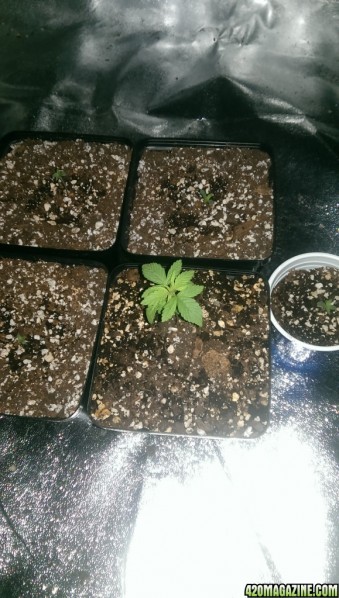





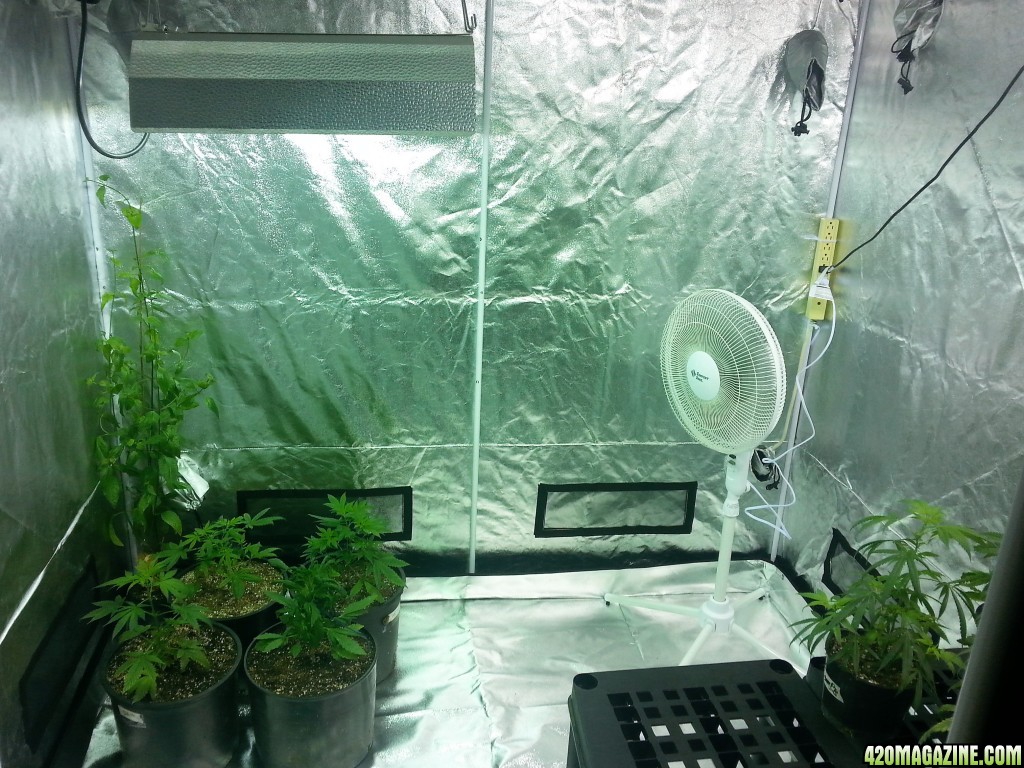
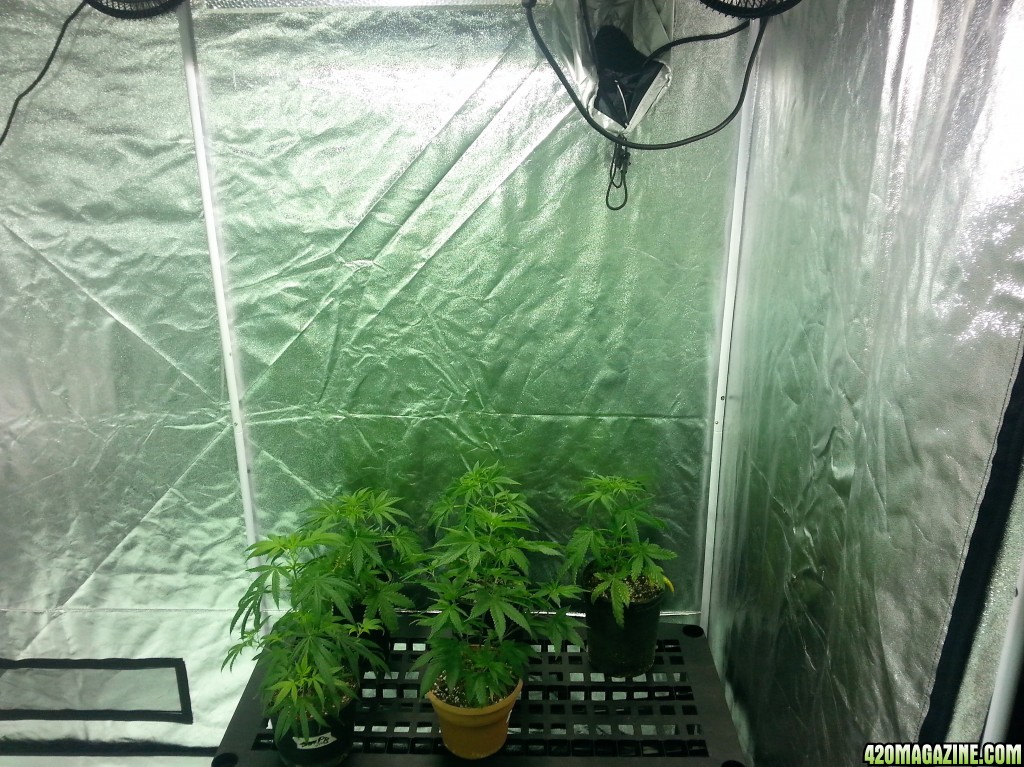
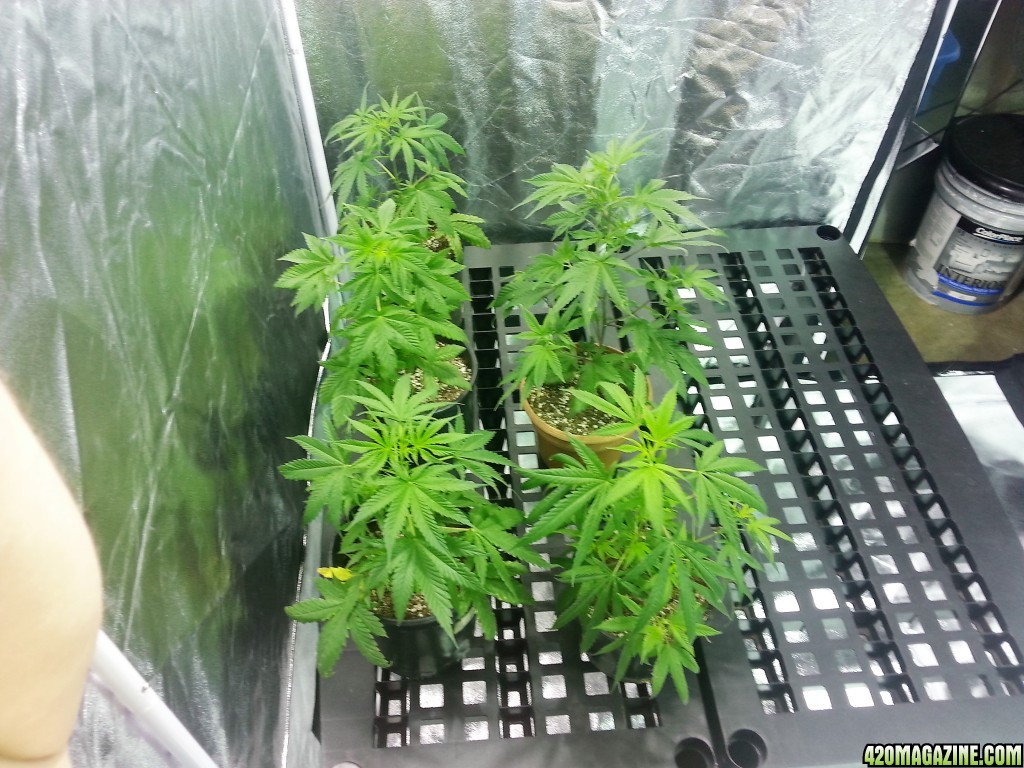
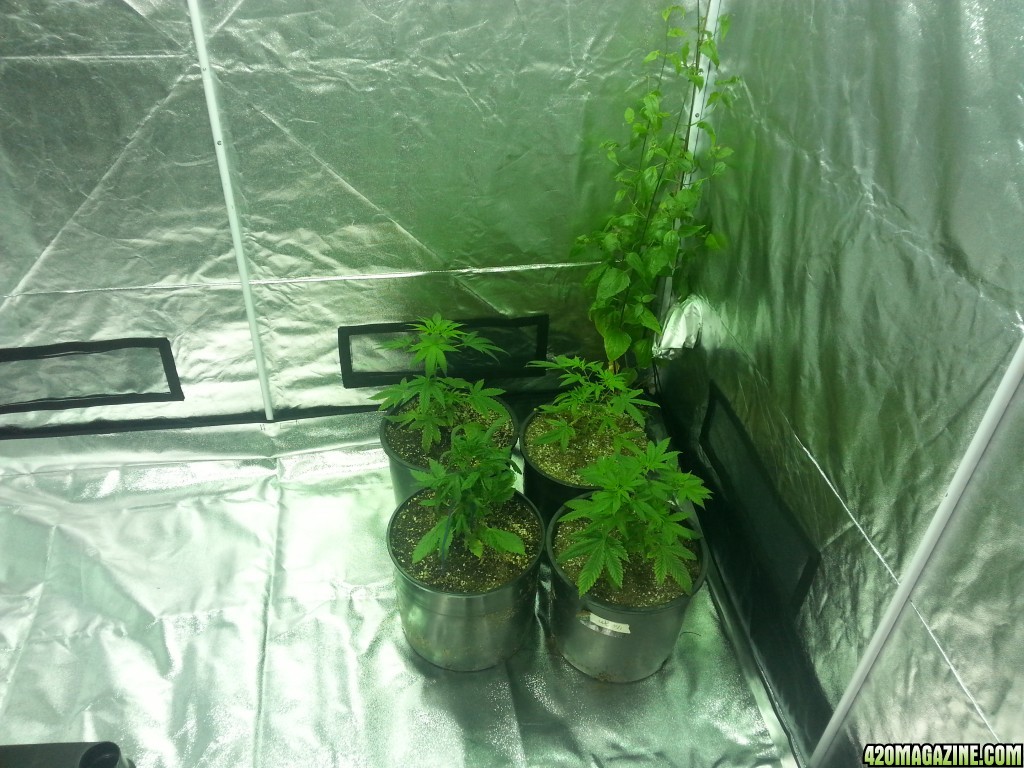






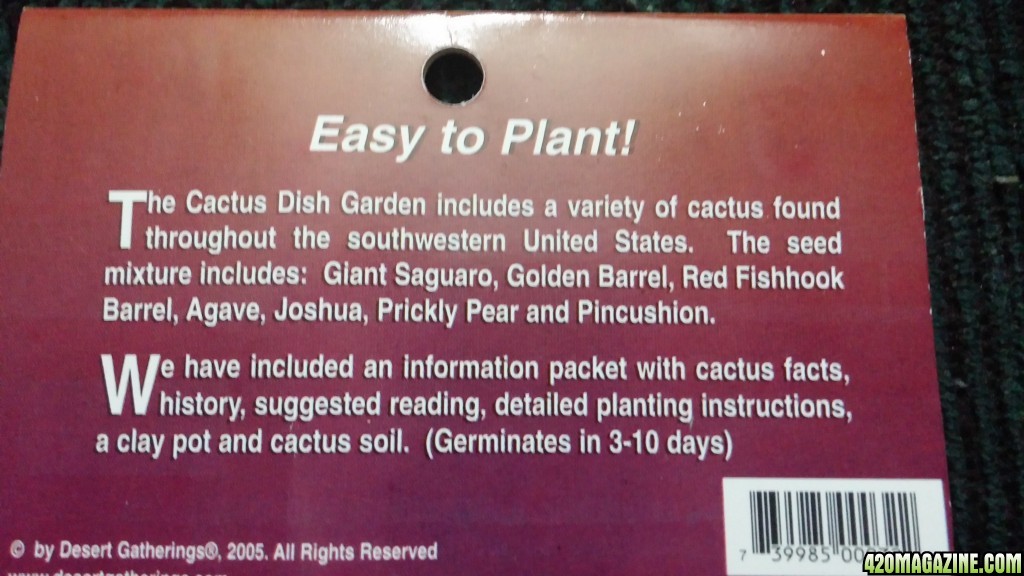






 which is the other thing eating at me lately. i can knock them back and do some cloning i guess, but i was really hoping to put them beauties in as is. they are perfect right now in both size and health. it's a catch 22 source of anxiety
which is the other thing eating at me lately. i can knock them back and do some cloning i guess, but i was really hoping to put them beauties in as is. they are perfect right now in both size and health. it's a catch 22 source of anxiety 


